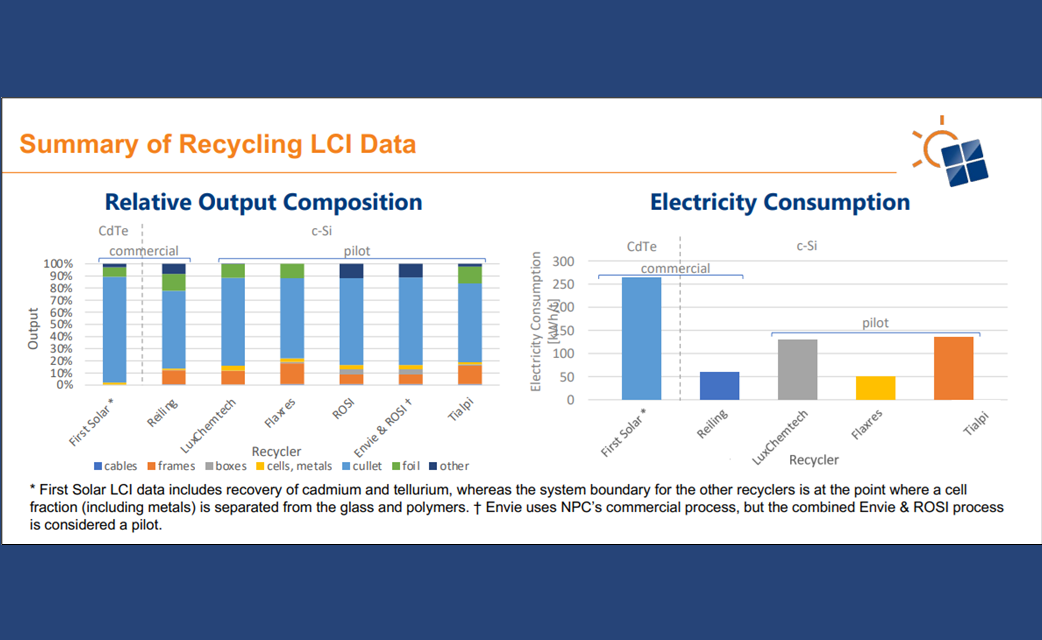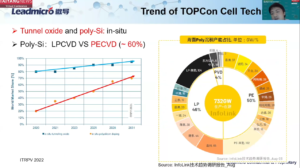- IEA PVPS report highlights latest advancements in PV recycling technologies
- About 24 recyclers were part of the LCI survey
- The report puts forth best practices for material recovery and energy efficiency
The International Energy Agency Photovoltaic Power Systems Programme (IEA PVPS) recently released a report titled: Advances in Photovoltaic Module Recycling. This comes in the wake of the global solar photovoltaic capacity exceeding 1 TW in 2022 – a clear indication of the pressing need to manage the growing number of defective and end-of-life PV modules.
The report showcases the latest advancements in PV recycling technologies, and highlights innovative solutions that transform waste into valuable resources. The study involved a comprehensive survey of global recyclers, an in-depth literature review, and a detailed patent search. About 24 recyclers who are implementing the best available or new PV recycling technologies at commercial or pilot scales were invited to participate in a life cycle inventory (LCI) survey.
The report, while emphasizing the critical role of recycling in promoting a circular economy, puts forth the best practices and cutting-edge methods for material recovery and energy efficiency.
Here are some of the findings of the report:
- Material Recovery: Differences in glass recovery rates and dust production were noted among recyclers, with some processes achieving higher glass outputs.
Recycling Survey and LCI Key Findings:
- Mechanical Recycling: This remains the benchmark, and is optimized for cost, capacity, and output. However, it may often include some downgrading of material quality.
- Innovative Technologies: Pilot-stage demonstrations with new technologies such as light pulse treatment, water-jet cleaning, pyrolysis, and chemical treatment show improved recycling quality and economic value opportunities.
- Thin-Film Recycling Experience: The proprietary system of First Solar, who was part of the research, showed that it has achieved over 90% material recovery for thin-film modules.
- Dedicated PV Recycling Facilities: There has been a significant increase in the number of recyclers accepting PV modules and developing advanced recycling treatments customized for PV modules.
This report makes an essential read as the world transitions to sustainable energy solutions, as the advancements in PV recycling outlined in this report play a crucial role in shaping a cleaner, greener future.



